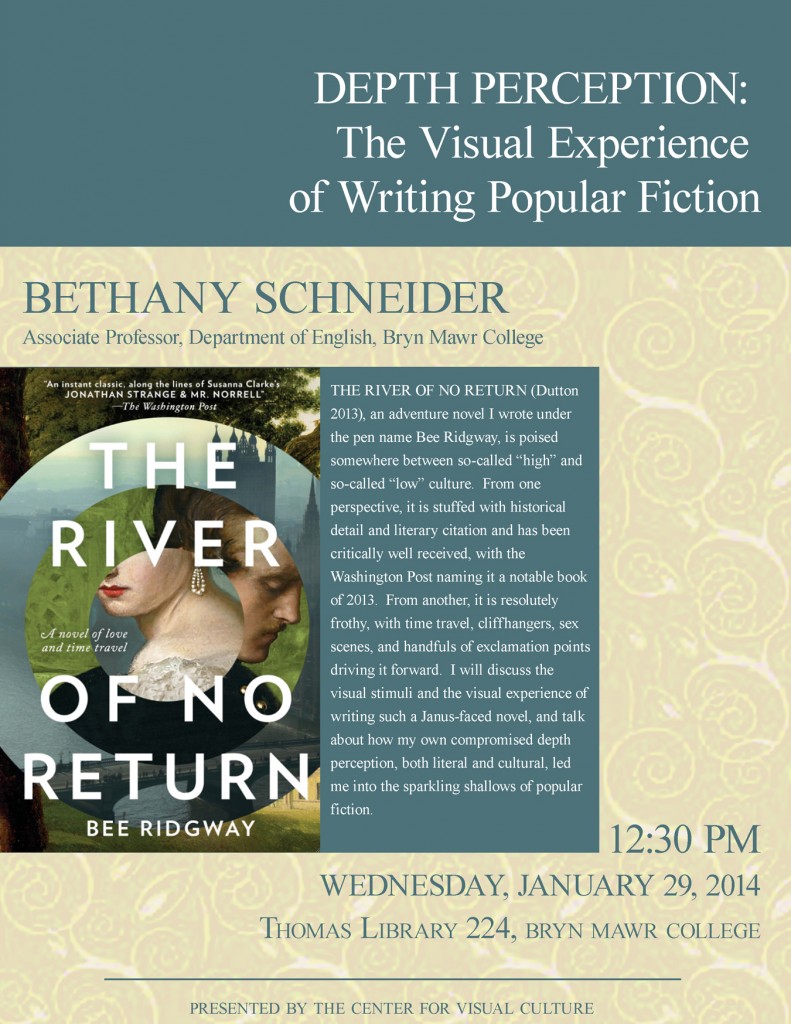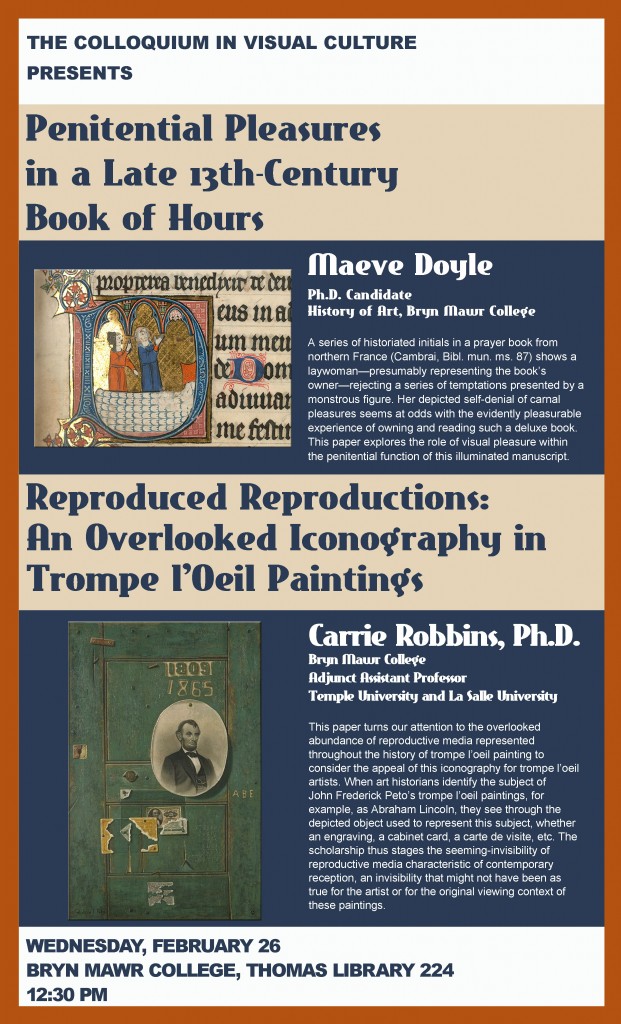
The Great Confusion: The 1913 Armory Show
Directed by Michael Maglaras (2013)
Monday May 5, 7pm;
Bryn Mawr Film Institute
824 W. Lancaster Avenue · Bryn Mawr, Pennsylvania 19010 · Theater Hotline: 610.527.9898
When the doors of New York City’s 69th Regiment Armory opened in 1913, thousands of Americans were exposed to the then-controversial works of Cézanne, Van Gogh, Renoir, and many other modern artists for the first time. The Great Confusion probes into the backstage efforts of the artists who organized the show, working tirelessly to bring an art revolution to America.
Director Michael Maglaras and Executive Producer Terri Templeton will participate in a Q&A following the screening.
Presented in conjunction with Bryn Mawr College’s exhibition A Century of Self-Expression: Modern American Art in the Collection of John and Joanne Payson, which features works by many of the Armory Show organizing artists, this event is free for BMC students, faculty, and staff.
JOIN US AT THE BRYN MAWR FILM INSTITUTE FOR THE SCREENING AND Q&A.
STOP BY THE SHOW AT BRYN MAWR COLLEGE CANADAY LIBRARY — OPEN DAILY NOON TO 4:30PM AND UNTIL 6PM ON MONDAY MAY 5TH.



